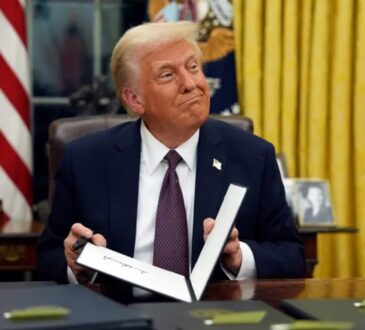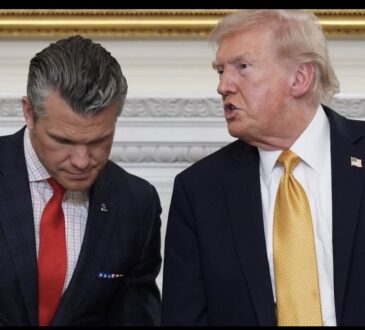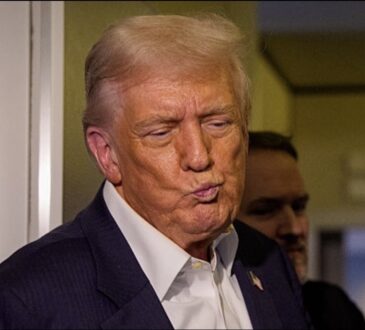
CNN journalist Jake Tapper recently took a closer look at former President Donald Trump’s repeated claim that grocery prices are “way down.” Trump has said this many times during his speeches and interviews, insisting that Americans are paying less for food than before.
These statements sound positive, suggesting that his leadership has helped ease costs for families. But when Tapper compared Trump’s words to the most recent government data, the numbers told a completely different story. Instead of going down, grocery prices have actually gone up since Trump took office, and many Americans have been feeling that increase every time they go to the store.
On his show The Lead, Tapper began with a collection of clips showing Trump at rallies and public events, repeating variations of the same claim: “Groceries are down. It’s all down. Prices are down. Everything is down.” The repetition of this message created the impression that the cost of living had improved under his leadership.
However, when Tapper brought out the official inflation data, he showed that Trump’s words did not match the reality that consumers are experiencing. The data revealed that grocery prices have been climbing slowly but steadily for months.
According to Tapper, government figures show that grocery prices rose by about 0.3 percent between August and September. When looking at the bigger picture, prices are now roughly 1.4 percent higher than they were when Trump began his presidency in January, and about 2.7 percent higher compared to the same time the previous year.
The rise in grocery prices has not been limited to just one or two items. Almost every section of the grocery store has seen an increase, meaning that people are paying more for a wide range of everyday foods. Tapper broke down the details further, showing that some products have been hit much harder than others. Coffee prices have surged nearly 19 percent, which is a big jump for something many Americans buy every day. Meat has also become more expensive, with beef and veal prices up by about 15 percent. Other essentials such as bread, dairy, and produce have also seen steady increases. These higher prices can add up quickly, especially for families on tight budgets, making it harder for people to afford basic groceries.
Economists have been weighing in on what might be causing these price hikes, and many agree that some of Trump’s own policies have contributed to the problem. They explain that while small price increases are normal over time, certain economic decisions made during Trump’s presidency have put extra pressure on grocery costs. One major factor has been his tariffs on imported goods. By placing taxes on products coming into the United States, the prices of many imported foods, such as coffee and certain types of produce, have gone up. Those higher costs are then passed down to consumers.
Another issue, economists say, is Trump’s strict immigration policies. Many of the workers who help harvest crops, process meat, and work in food production are immigrants. When the government reduced the number of available workers through deportations and tighter border restrictions, it caused labor shortages in key industries. With fewer workers available, farms and food producers faced higher labor costs and reduced productivity, both of which contributed to rising prices at the grocery store.
In summary, while Donald Trump has confidently claimed that grocery prices are “way down,” the evidence tells a very different story. Prices have been rising for months, affecting nearly every food category. Families are paying more for basics like coffee, meat, and other essentials. Experts point to the combined effects of tariffs, supply chain issues, and labor shortages as major reasons for the increases. The result is that many Americans are feeling financial pressure each time they shop for groceries, even as the former president continues to insist that everything costs less.




